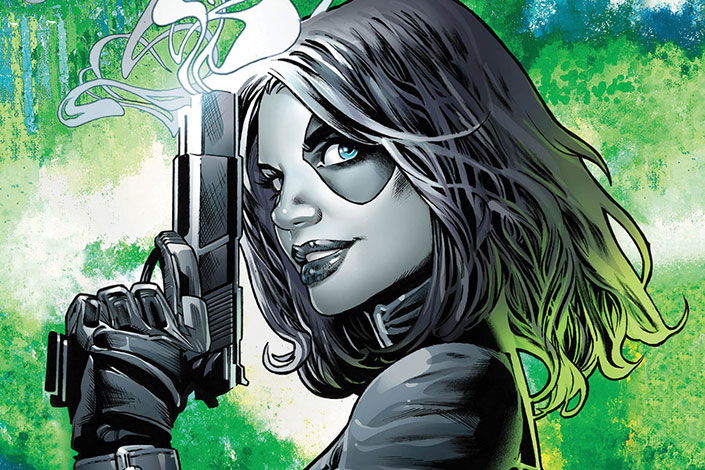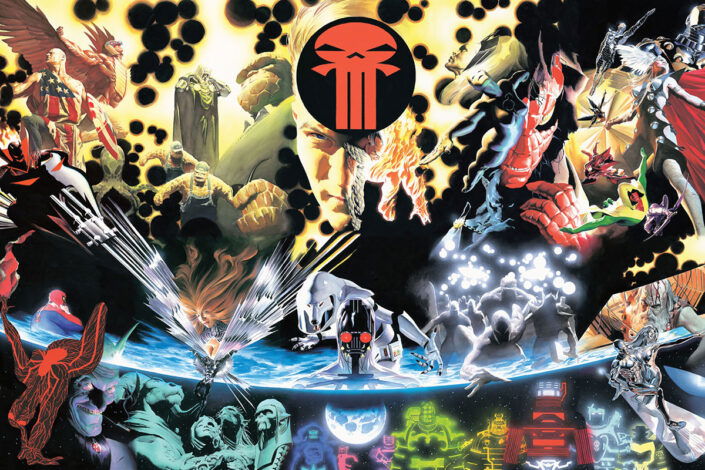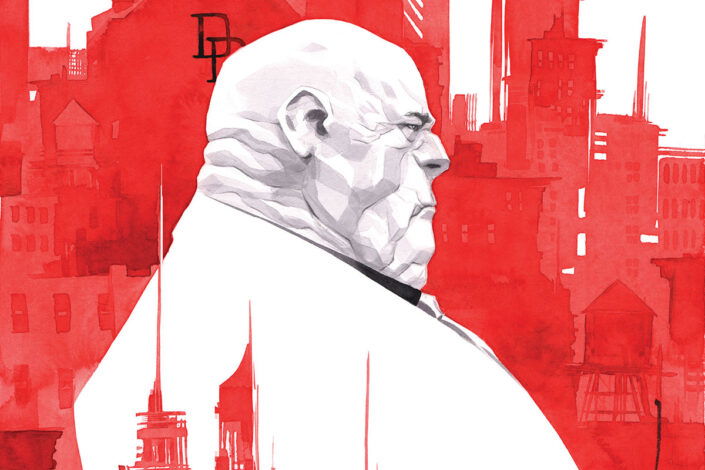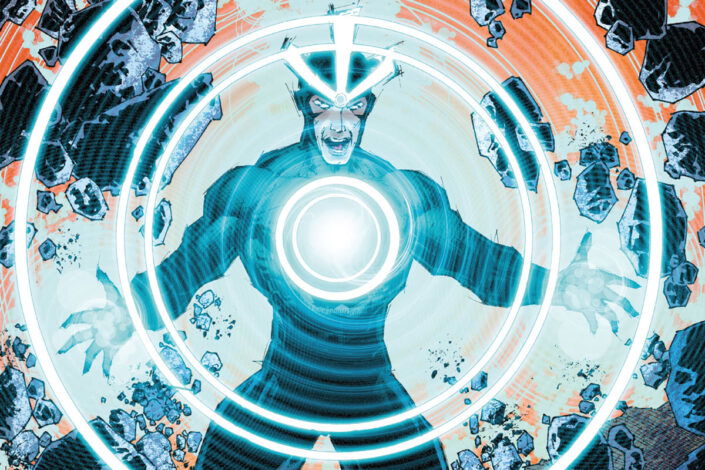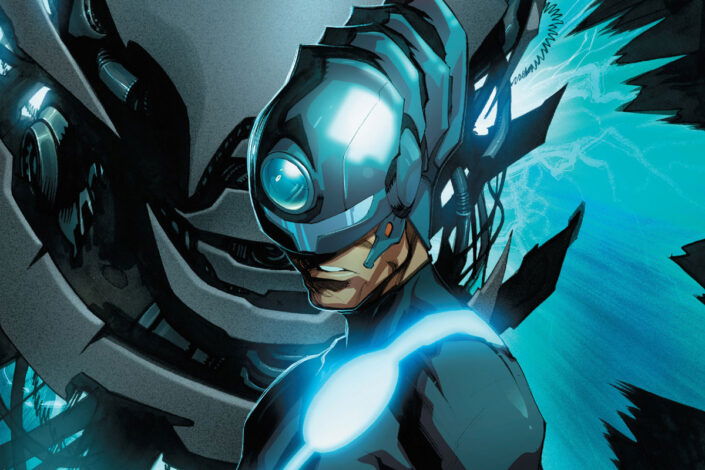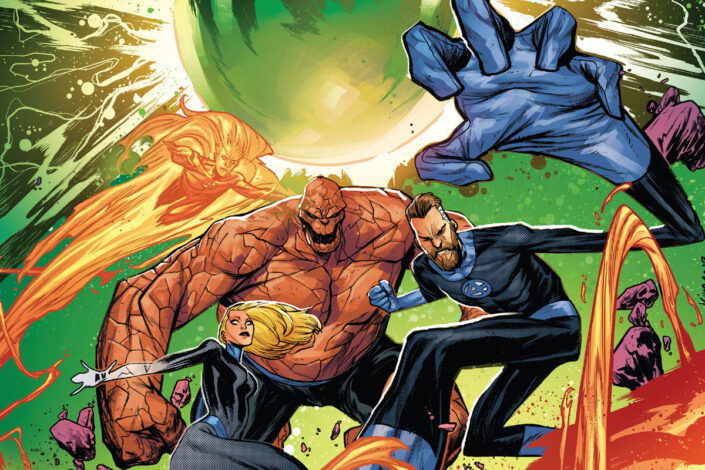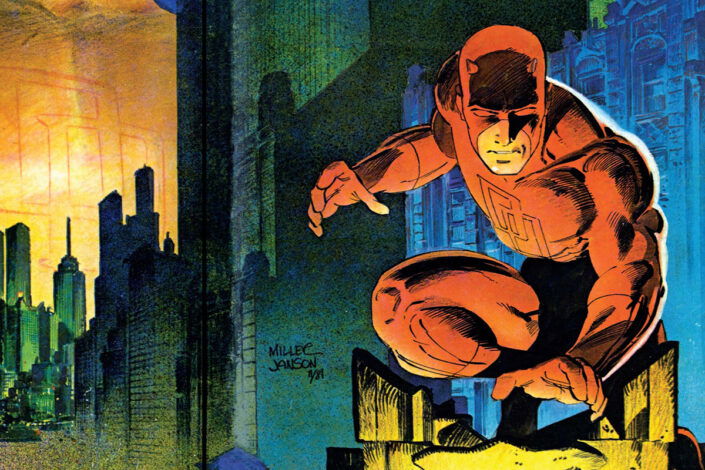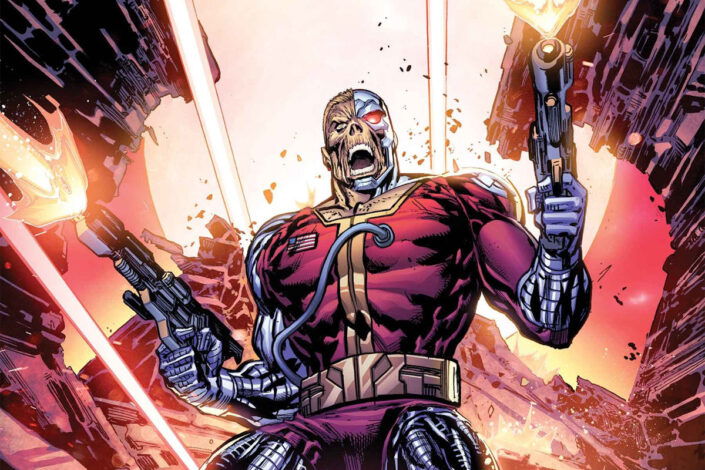Ultimate Marvel After Secret Wars: A Comics Guide to the characters on Earth-616
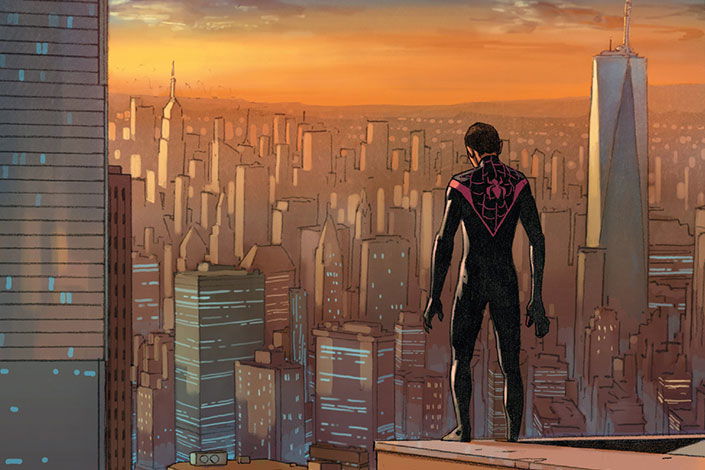
Previously on Ultimate Marvel... Imagine the Marvel heroes you know and love, but younger and more modern! Welcome to Earth-1610, an alternate reality where classic characters like Spider-Man, Captain America, and the Fantastic Four are reimagined with fresh, updated origins, free from decades of continuity baggage. The Ultimate Universe was a perfect playground for writers to create accessible stories for new readers while shaking up the status quo for long-time fans.
It all started with Ultimate Spider-Man, retelling Peter Parker’s origin for a new generation. Then came The Ultimates, a reimagining of the Avengers, where the team faced a massive alien invasion in The Ultimates 2. Major events like Ultimate War saw the X-Men clash with the Ultimates, creating tension between Earth’s mightiest heroes and mutantkind.
But the Ultimate Universe wasn’t about retelling classic stories—it also went in new directions. In Ultimatum, Magneto turned the world upside down, with a disaster that reshaped the universe. New faces took up old mantles, like Miles Morales becoming Spider-Man, while Reed Richards transformed into the villain known today as The Maker.
Eventually, Earth-1610 was destroyed and reshaped during the multiverse-shattering Secret Wars event. While the ultimate universe was no more, a few characters, like Miles Morales, found a new home in the main continuity…
Read More »Ultimate Marvel After Secret Wars: A Comics Guide to the characters on Earth-616
